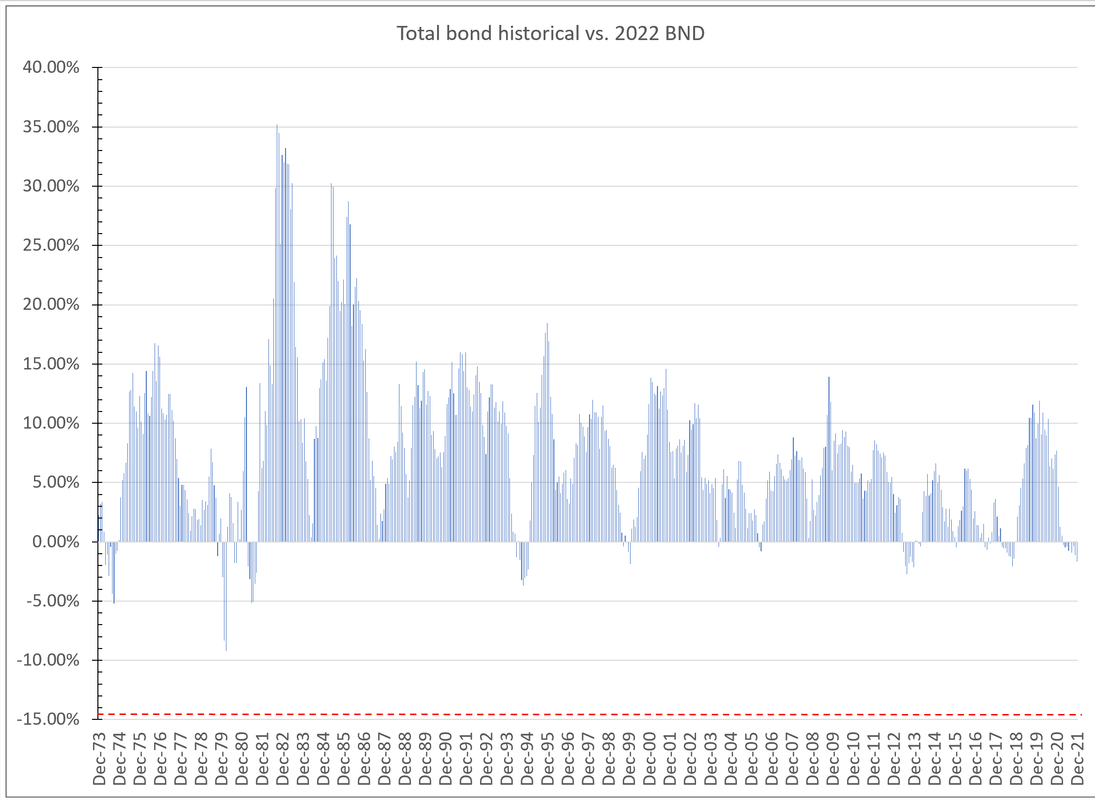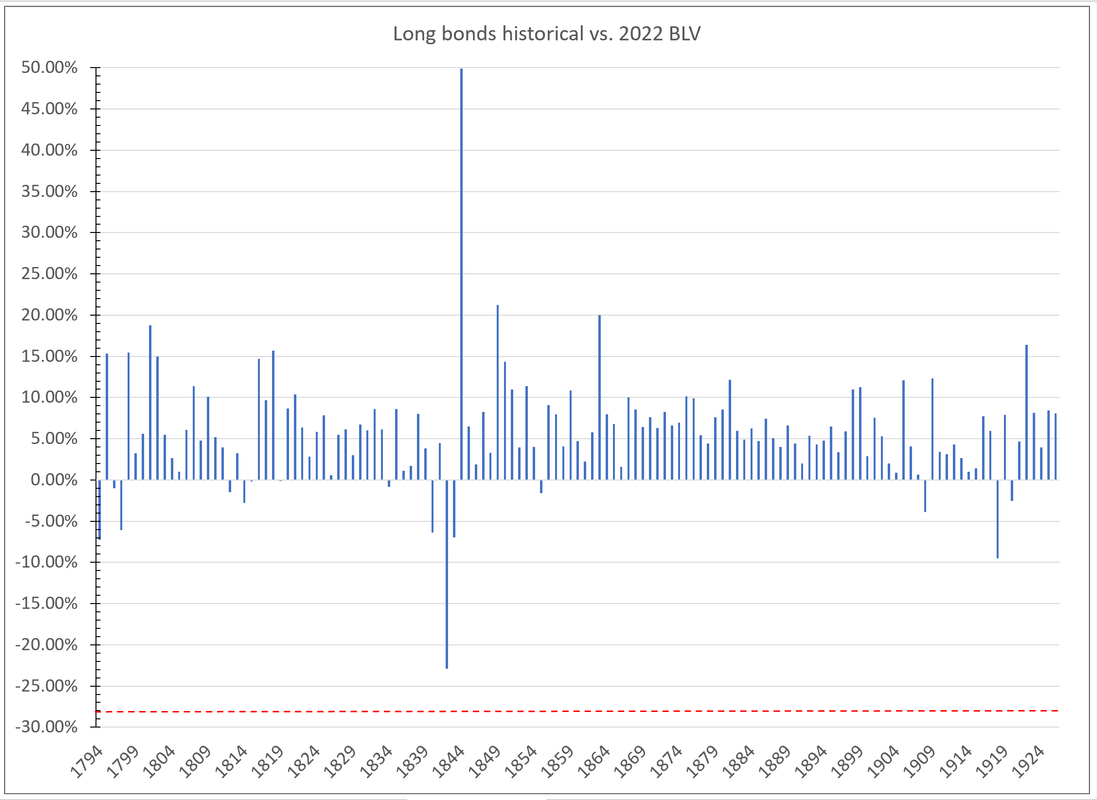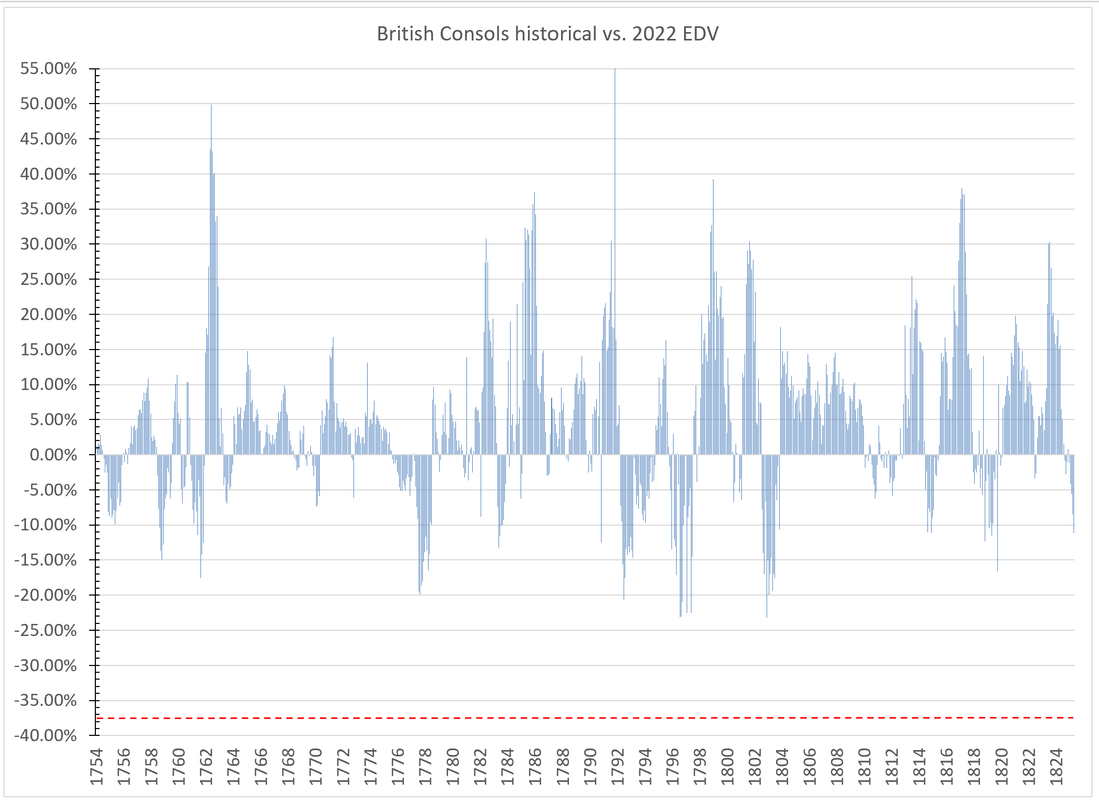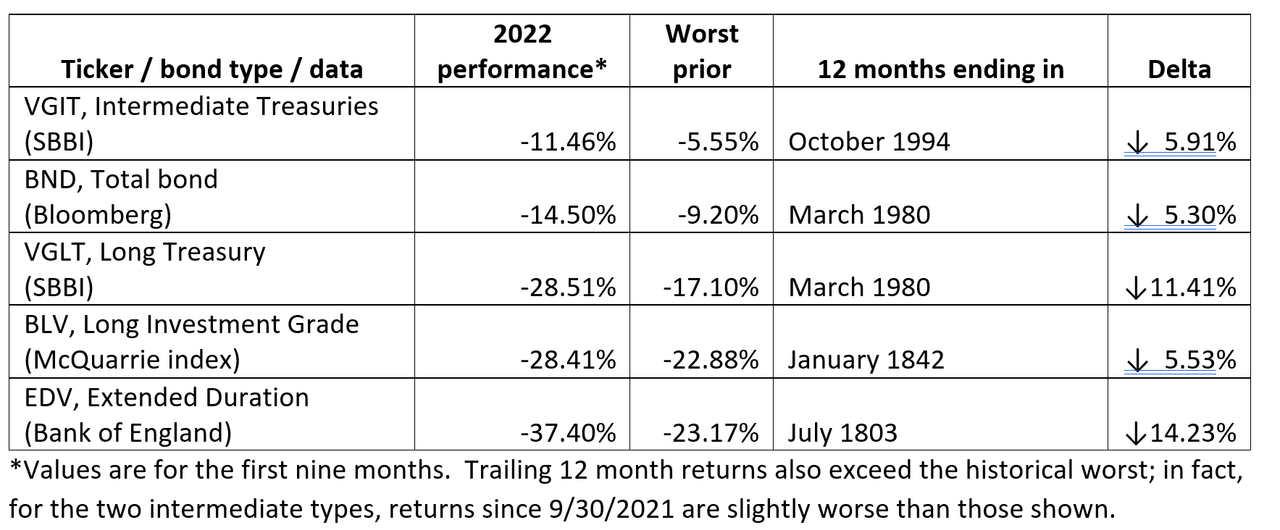It looks like you're new here. If you want to get involved, click one of these buttons!
LONDON — For the past decade or more, Tufton Street has been the primary command center for libertarian lobbying groups, a free-market ideological workshop cloistered quietly in the heart of power. In September, it stepped out of the shadows. The “mini-budget” presented on Sept. 23 by Kwasi Kwarteng, Britain’s finance minister and key ally of Prime Minister Liz Truss, clearly owed a debt to Tufton Street.
The plan spooked the financial markets, sent the pound crashing and forced the Bank of England to intervene to halt a run on Britain’s pension funds. It was, in economic and political terms, a disaster — something made plain on Monday when the government, in an attempt to mitigate the damage, scrapped a planned tax cut for high earners. But the package was more than folly. It was the consummation of plans designed on Tufton Street, and of an alliance with Ms. Truss stretching back years. Under her watch, Britain has become a libertarian laboratory.
In Ms. Truss, they found a friend. After a youthful dalliance with the Liberal Democrats, the new prime minister’s belief in small-state libertarian politics has been a mainstay of her political career.
Appointed head of international trade, Ms. Truss seized the chance to staff her operation with libertarians. In October 2020, just a couple of months before the start of Britain’s new life outside the European Union, Ms. Truss appointed several pro-Brexit, free-market figures to advisory bodies in her department.
This battalion of free-market thinkers has now been welcomed into 10 Downing Street. Five of the new prime minister’s closest advisers are Tufton Street alumni, including Ms. Truss’s chief economic adviser and her political secretary, and at least nine Tufton Street alumni are scattered across other major government departments.
Under Ms. Truss, once nicknamed the “human hand grenade” for her ideological obduracy, the libertarian right has detonated the British economy. The cost, for all but the richest, could be incalculable.
I know my post above wasn't my best writing, but I don't think I wrote anything inconsistent, like saying that a law was both repealed (in 2019) and still on the books.Its inheritance and estate taxes were created in 1899, but the state repealed them in 2019.
Its estate tax technically remains on the books
https://www.michiganvotes.org/2019-HB-4922Repeal the law authorizing a Michigan estate tax. For a number of years this tax has not been collected because language in the law links it to a discontinued state estate tax credit in federal law. Should this federal law change the Michigan estate tax could go back into effect.
https://legalbeagle.com/8083490-comparing-deeds-lady-bird-deeds.htmlQuitclaim deeds offer no warranties of title, and title companies may offer very limited coverage or none at all if asked to issue a title policy based on one. A ladybird deed may transfer title with warranties in the deed whereby the grantor warrants that he has full ownership of the property at the time of the conveyance






Still a rank newbie here at MutualFundObserver and I will take instruction as to whether it is appropriate to point to related discussions on another forum.Some of these comments make me wonder if the poster read the MW article (Hulbert is a smart and prudent cookie, in my long experience of reading him) , much less the original paper, downloadable here: https://papers.ssrn.com/sol3/papers.cfm?abstract_id=4227132 , and hugely sobering if the case.
© 2015 Mutual Fund Observer. All rights reserved.
© 2015 Mutual Fund Observer. All rights reserved. Powered by Vanilla